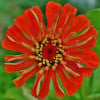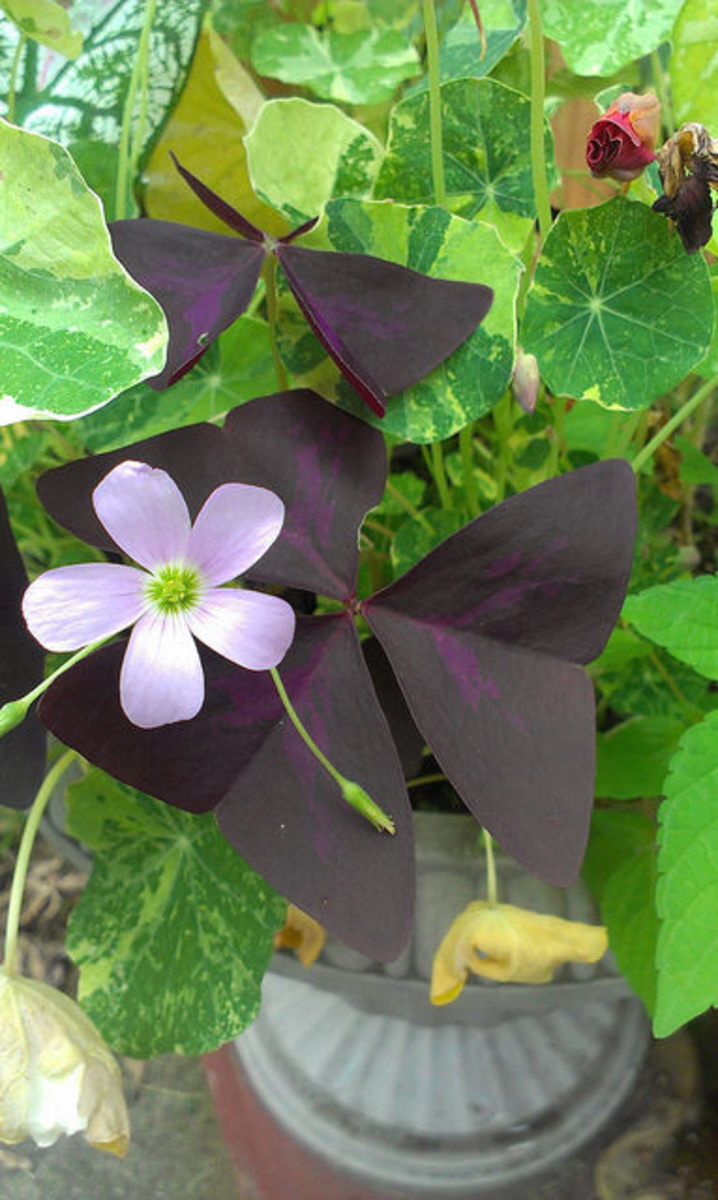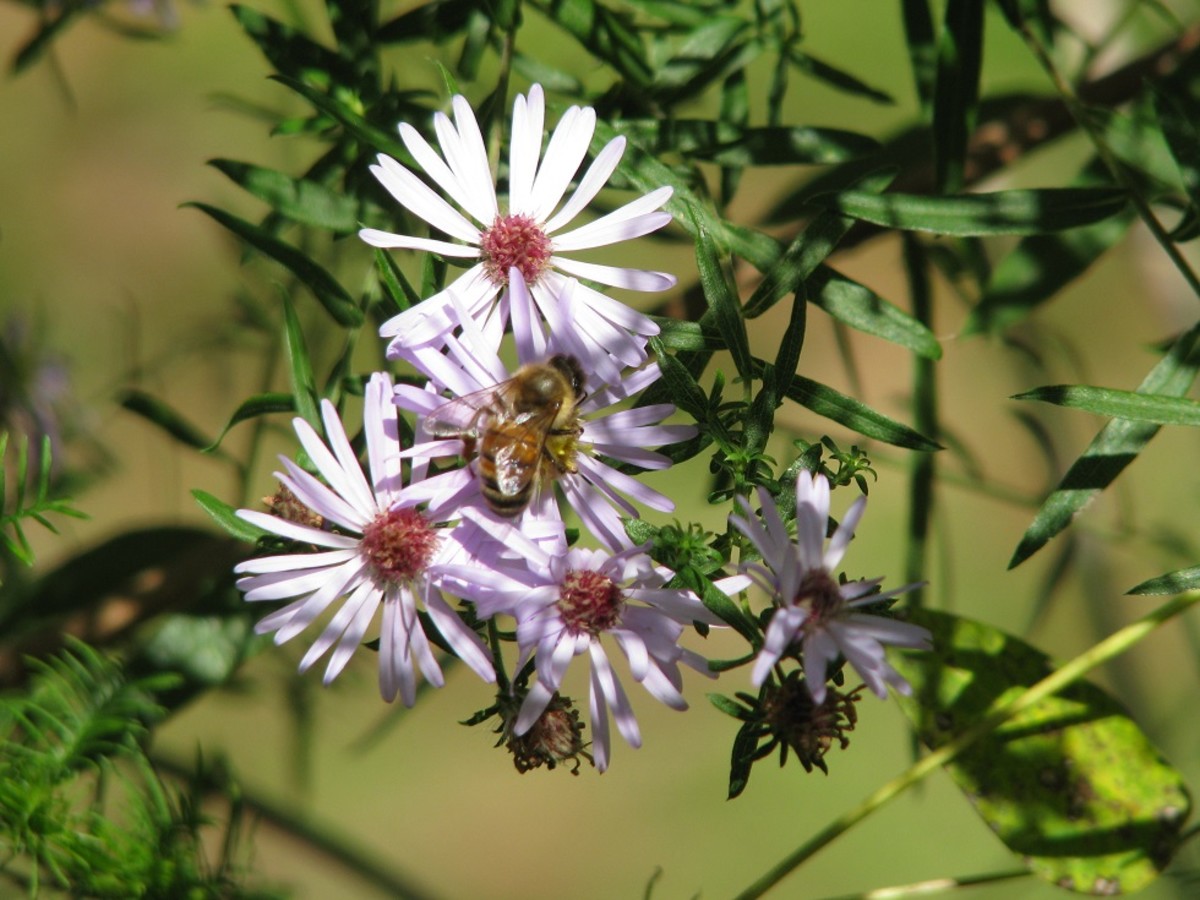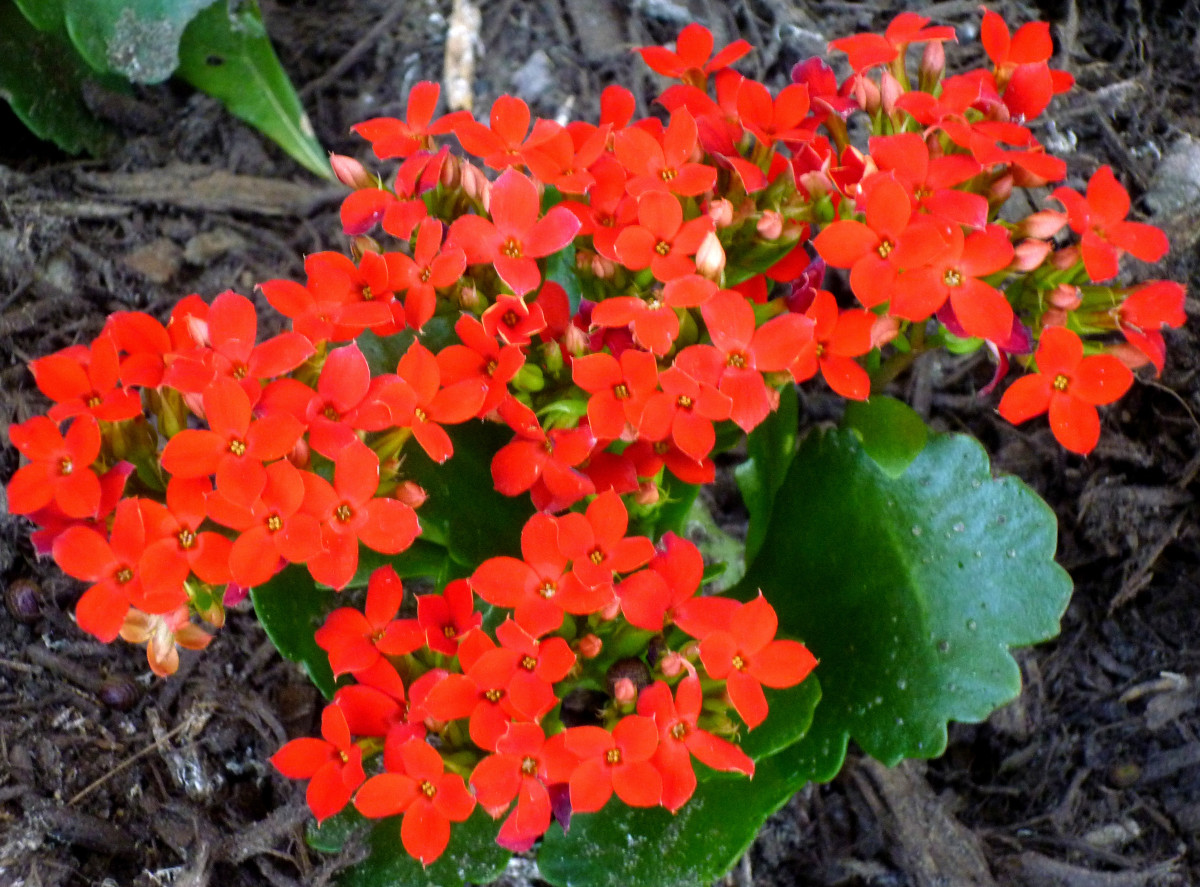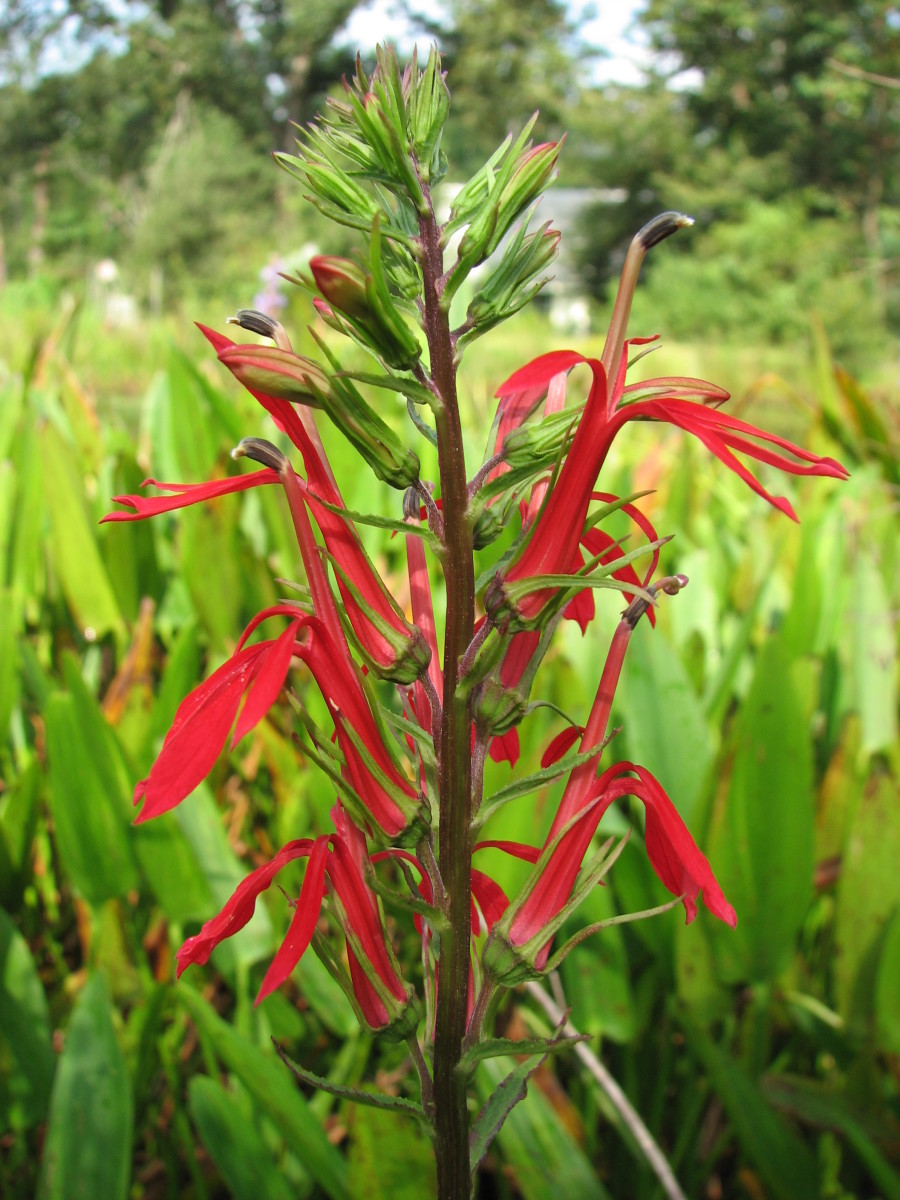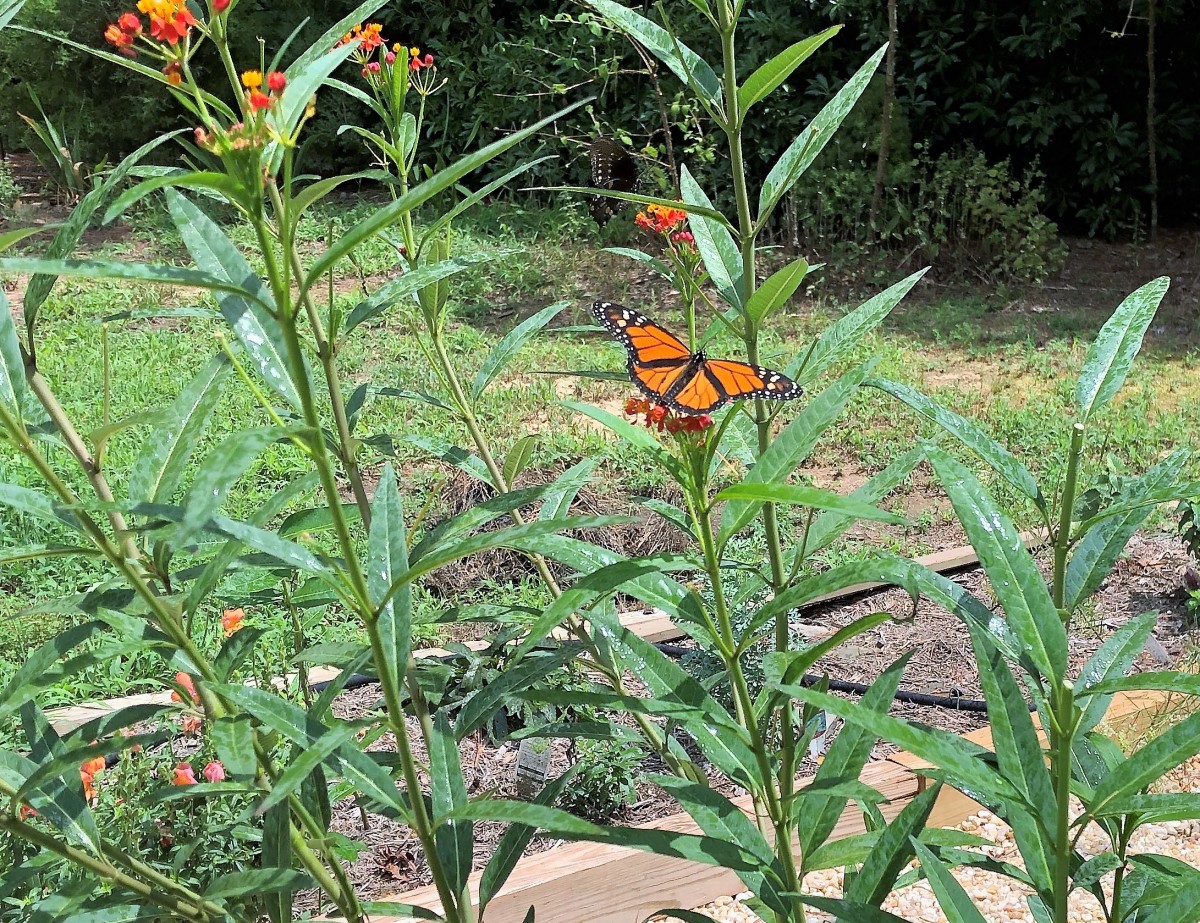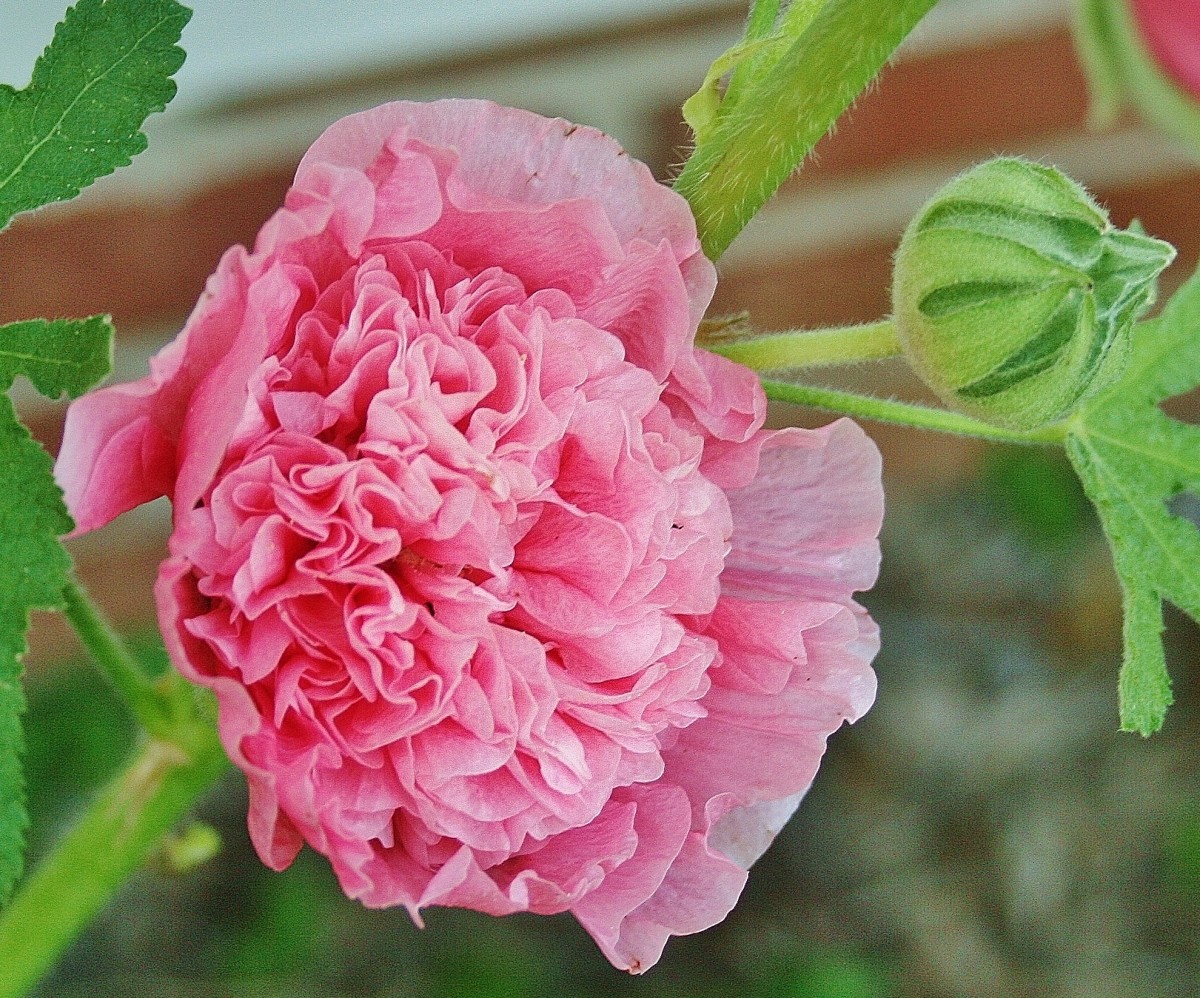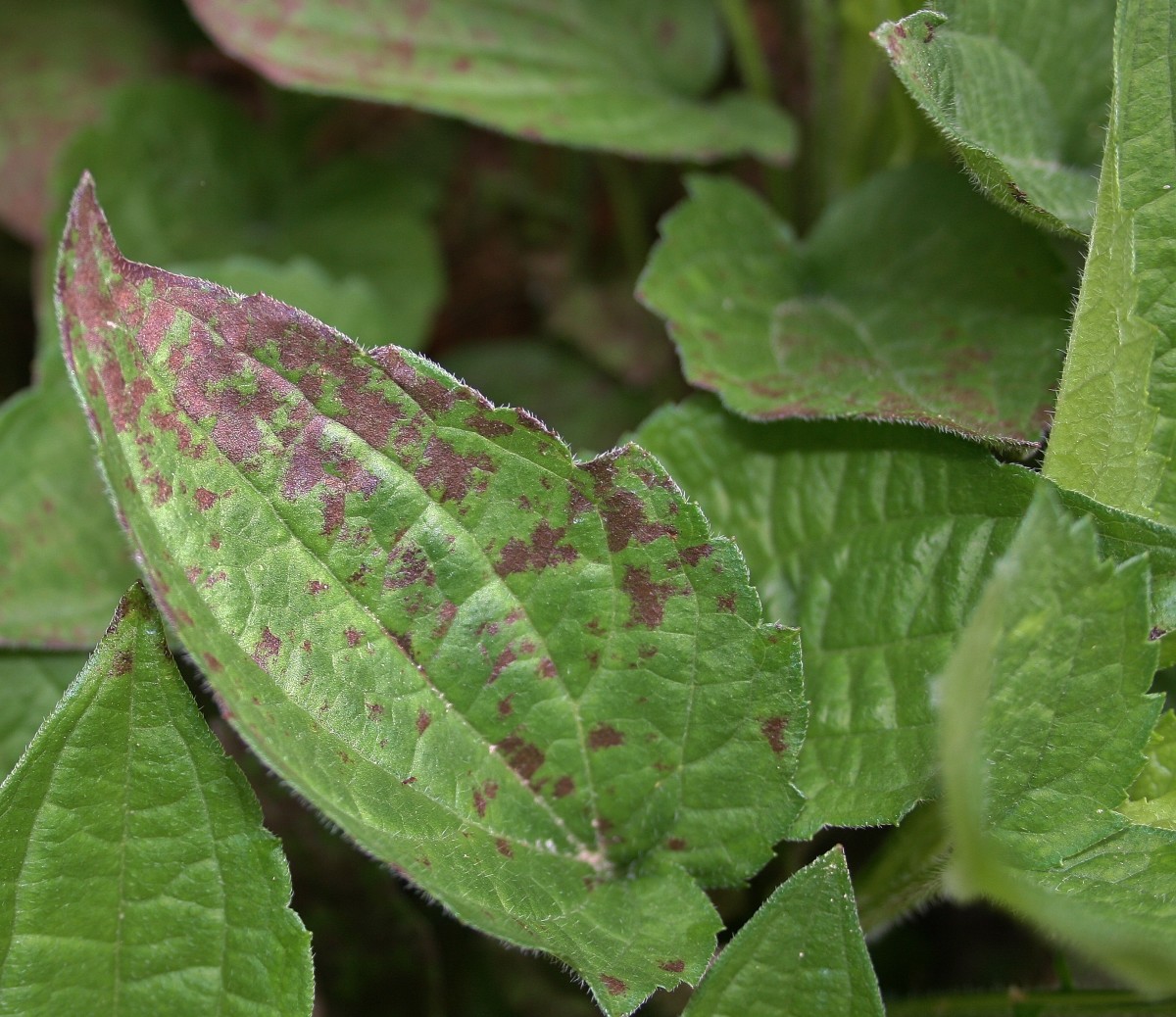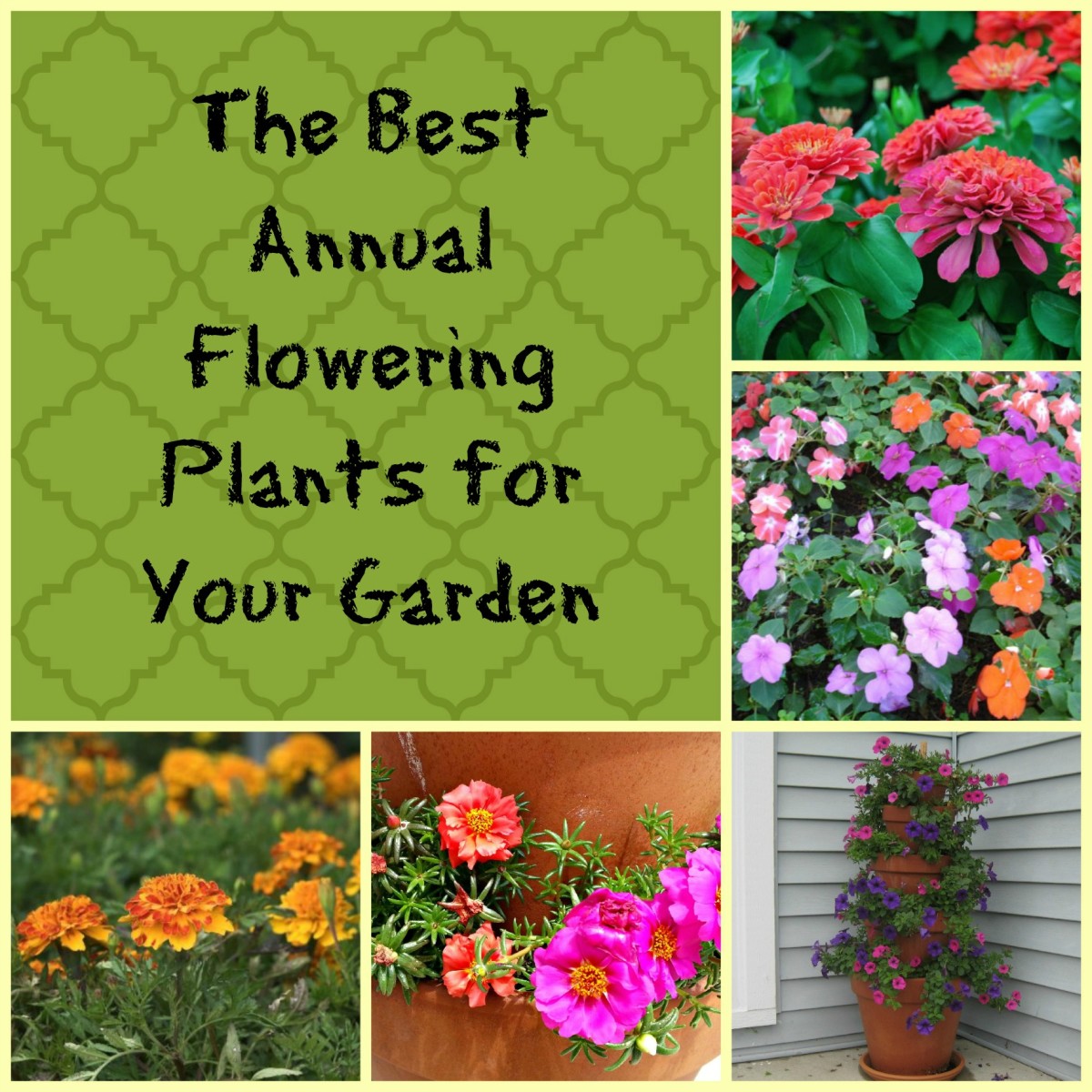How to Attract Bees to Your Garden
Want a healthier, more abundant garden? Welcome native bees into your yard. These super-efficient pollinators work cheap. Just give them safe room & board.
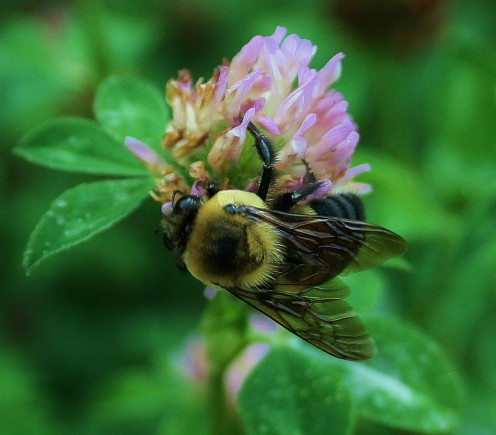
Attract pollinators to your landscape, and you'll dramatically increase its health and productivity, particularly if you grow flowers, fruits, and vegetables.
Because nature knows the wisdom of diversity, most plants don't self-pollinate. If they want to survive and thrive, they require the assistance of a pollinator, whether it's the wind, an animal, or an insect.
Ants, bats, birds, butterflies, lizards, moths, possums (even slugs!) are just a few pollinators that may frequent your garden. Bees, however, are the most effective of them all, particularly native bees.
According to C.D. Michener's Bees of the World , there are approximately 20,000 species of bees globally. About 4,000 of them are native to the U.S.--and that doesn't include the much-beleaguered honeybee, Apis mellifera. It's a European native.
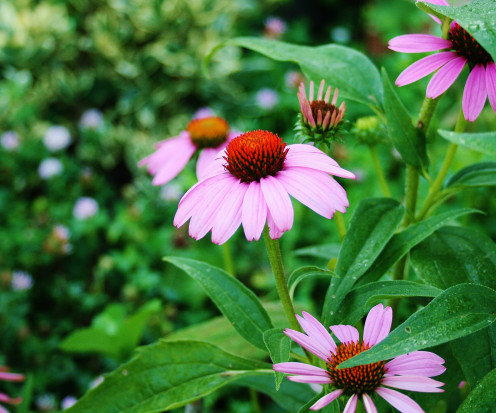
Native bees are good at what they do, diligently pollinating our flower, fruit, and vegetable crops for nothing more than room and board: a pesticide-free landscape with nesting areas and all the pollen and nectar they can handle.
So the next time you see a hairy bumblebee wallowing in your roses or a stolid Mason bee dutifully visiting your apple blossoms, don't grab the swatter. And for heaven's sake don't reach for the bug spray. Instead, be thankful for the visit. And do what you can to assure that these hard-working pollinators come back to your yard again and again.
Choose plants with yellow, purple, & blue flowers.
Bees are most attracted to nectar-filled flowers in yellow, purple, and blue. They also like aromatic plants, even minty ones.
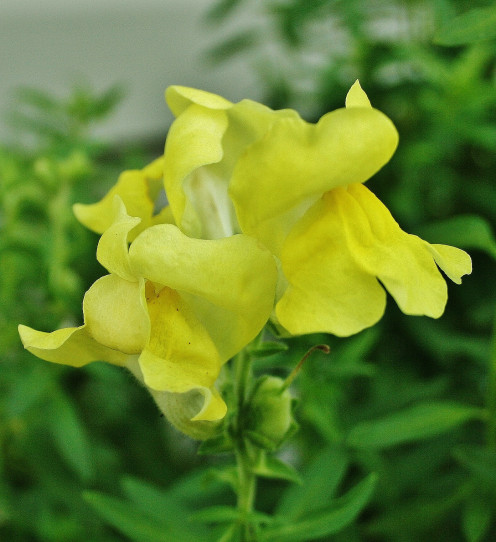
Many of the flowers bees love have landing platforms, too, which make it easy for them to enter the flowers and gather nectar. Often the flowers are tubular with nectar at the tube's base. Snapdragon is a good example of a tube-shaped flower with a landing platform. Toadflax also has this unique shape.
Other bee-attracting flowers, such as sunflowers and black-eyed Susans, have patterns on them called nectar guides. These guides direct pollinators to the flower’s nectar and its pollen.
Most of the patterns are visible in ultraviolet (UV) light only, so we can’t see them. However, nectar guides are clearly visible to bees and other insects that can see UV light. Buttercups, for instance, look yellow to us, but a bee can see the flower's dark UV center that leads to its nectar.
Bee-Attracting Plants for Every Zone
Name
| Description
| Hardiness Zones
|
|---|---|---|
Blue Mint (Zizophora clinopodioides)
| Mint-scented shrub with blue, thyme-like blossoms. Does well in poor soil.
| 5-9
|
Blue Mist (Caryopteris)
| Partial shade to full-sun shrub with showy blue flowers.
| 5-8
|
Coreopsis or Tickseed (Coreopsis grandiflora)
| Full-sun yellow perennial, drought-resistant & easy to grow.
| 3-9
|
Bird's Eyes (Gilia tricolor)
| Non-invasive, lavender & white wildflower annual.
| 3-10
|
Gumplant (Grindelia robusta)
| Yellow flowers & "gummy" leaves. Sun-loving & drought tolerant.
| 7-10
|
Lapland Rosebay (dodendron lapponicum)
| A cold hardy rhododendron with fragrant purplish flowers. Relies upon bees for pollination.
| 1-4
|
Lavender (Lavandula angustifolia)
| Fragrant violet, purple, or white blooms.
| 4-10 (cultivars vary)
|
Sunset Hyssop (Agastache rupestris)
| Full-sun perennial bush with trumpet-shaped orange, pink, & purple blooms.
| 4-9
|
Toadflax (Linaria)
| Annual spring bloomer that resembles a miniature snapdragon.
| 2-11
|
Leave some ground un-mulched.
Many bees are ground nesters. They lay eggs and store food in underground tunnels. By mulching heavily, you'll prevent them from nesting near (and pollinating) your fruits, vegetables, and flowers. To provide homes for these ground nesters, mulch some beds very lightly. Better yet, leave at least a few un-mulched.
Create a diverse landscape of continuous blooms.
According to researchers, bees are most attracted to landscapes that contain a variety of their favorite plants. They're also most attracted to those in which their favorite flowers are planted in clumps, probably because that's how they occur in nature. You'll also increase your yard's bee population if at least a few flowers are in bloom from early spring through fall.
Use lots of native plants.
Unless a bee is a specialist (like the squash bee) it won't care whether your flowers are natives or not. But it will care if they're covered in poison. That's why, when choosing plants for your landscape, it's best to pick primarily indigenous species. Native plants are less likely to require pesticides, which you should avoid in order to maintain a bee-friendly yard.
For a few bee favorites in your growing zone, see the "Bee Attracting Plants" chart to your right. An expert at your local nursery is also an excellent source of information about the bee-attracting trees, shrubs, and flowers that grow best where you live.
Don't know your region's hardiness zone? If you live in North America, consult this map, provided by the United States National Arboretum. For links to other regions of the world, visit the Morton Arboretum.
